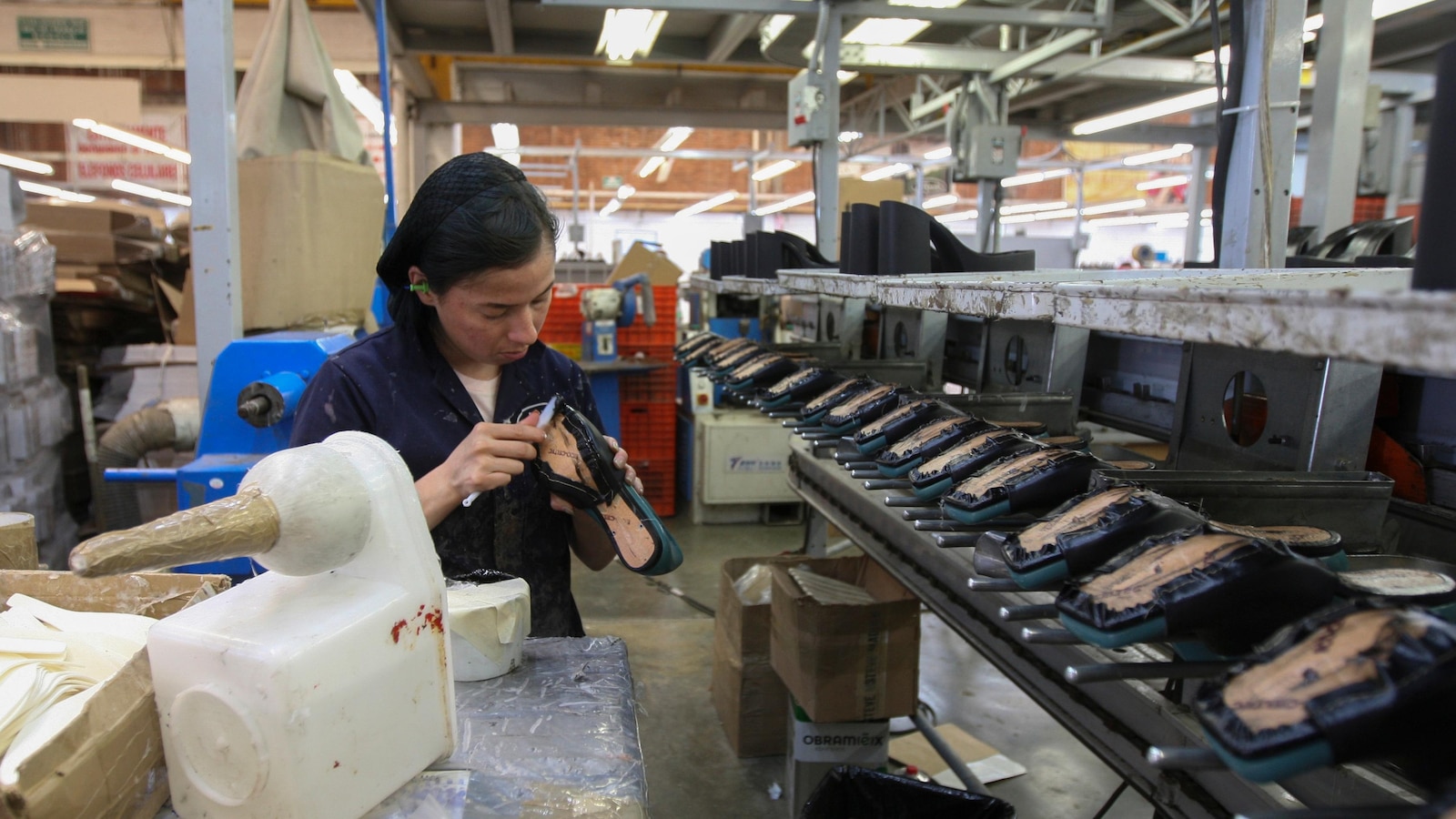Mexico Surpasses China as the Primary Supplier of Imported Goods to the United States
In recent years, Mexico has emerged as the leading supplier of imported goods to the United States, surpassing China. This significant shift in trade dynamics has caught the attention of economists and policymakers alike, as it has far-reaching implications for both countries involved.
For decades, China held the title of being the primary source of imported goods for the United States. Its low-cost labor and vast manufacturing capabilities made it an attractive destination for American businesses looking to reduce production costs. However, several factors have contributed to Mexico’s rise as the new leader in supplying goods to its northern neighbor.
One of the key factors driving this shift is the changing dynamics of global supply chains. In recent years, there has been a growing trend among American companies to reshore their manufacturing operations closer to home. This trend, known as “nearshoring,” has gained momentum due to rising labor costs in China, concerns over intellectual property theft, and the desire for shorter supply chains that can respond quickly to market demands.
Mexico’s proximity to the United States makes it an ideal location for nearshoring. The geographical proximity allows for shorter transportation times and lower shipping costs compared to importing goods from China. Additionally, Mexico’s membership in the North American Free Trade Agreement (NAFTA), which has now been replaced by the United States-Mexico-Canada Agreement (USMCA), provides a favorable trade environment that further encourages American companies to establish manufacturing operations in Mexico.
Another significant factor contributing to Mexico’s rise as a primary supplier is its skilled workforce. Over the years, Mexico has invested heavily in education and training programs, resulting in a highly skilled labor force. This skilled workforce, combined with competitive wages, has made Mexico an attractive destination for American companies looking for quality manufacturing.
Furthermore, Mexico’s diversified economy plays a crucial role in its ability to supply a wide range of goods to the United States. While China has traditionally been known for its dominance in manufacturing consumer electronics and textiles, Mexico has a more diverse manufacturing base that includes automobiles, aerospace components, medical devices, and more. This diversification allows American companies to source a broader range of products from Mexico, reducing their reliance on a single country for their supply chain needs.
The COVID-19 pandemic has also played a role in Mexico’s ascent as a primary supplier. The disruption caused by the pandemic exposed vulnerabilities in global supply chains, particularly those heavily reliant on China. As a result, many American companies have sought to diversify their supply chains and reduce their dependence on a single country. Mexico’s close proximity and established trade relationship with the United States have made it an attractive alternative for companies looking to mitigate supply chain risks.
While Mexico’s rise as the primary supplier of imported goods to the United States is undoubtedly significant, it is essential to note that China still remains a major player in global trade. China continues to be the world’s largest exporter and maintains strong trade relationships with countries around the world. However, Mexico’s emergence as a formidable competitor highlights the evolving landscape of global trade and the increasing importance of regional trade partnerships.
In conclusion, Mexico’s surpassing of China as the primary supplier of imported goods to the United States is a testament to its strategic advantages, such as geographical proximity, favorable trade agreements, a skilled workforce, and a diversified economy. This shift in trade dynamics reflects the changing preferences of American businesses and the desire for shorter supply chains and reduced dependence on a single country. As Mexico continues to strengthen its position as a leading supplier, it is likely to shape the future of North American trade and contribute to the ongoing evolution of global supply chains.



